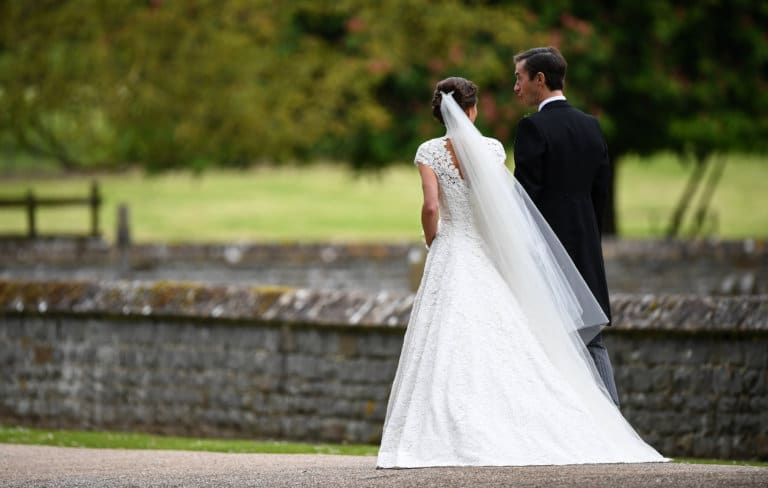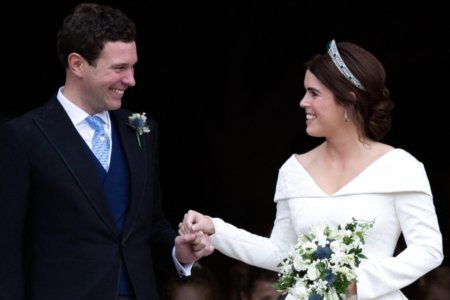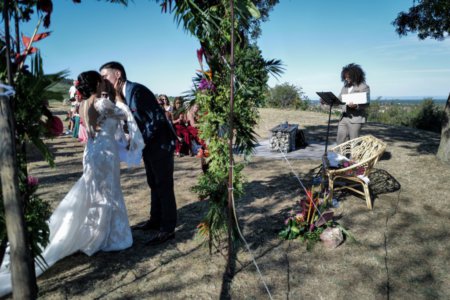
Are you an international student looking to marry your university sweetheart? Or maybe you’ve been working abroad for a few years and want to tie the knot with your long-term flame.
Either way, congratulations!
Marriage is a big milestone and a happy occasion for many. It comes with plenty of preparations and considerations.
If you’re looking to marry and settle down overseas, though, you’ll be looking at an extra consideration: getting a spousal visa.
Spousal visas are necessary for you to legally live in a different country as a married couple with your other half.
These will give you the right to reside and work in your chosen country, as well as enjoy almost all of the rights held by citizens.
The process of getting a spousal visa differs by country. Each comes with its own regulations, length of processing, approval waiting time, documents needed, and more.
For the purposes of length, we will be looking at obtaining spousal visas in three of the most popular higher education countries: the US, the UK and Australia.

Spousal visas generally allow all partners to live and enjoy the same rights as citizens. Source: Alfredo Estrella/AFP
How to get a spousal visa in:
The US
Marrying a US citizen or green card holder is the first step to getting a spousal visa. Once you have tied the knot, your spouse is then responsible for helping you get your visa.
The intention here is to ensure that you are allowed to come and live in the US legally and permanently, as a green card citizen.
Your spouse will have to file a Petition for Alien Relative, Form I-130. This is managed by the Department of Homeland Security, US Citizenship and Immigration Services (USCIS).
This would be filed online along with a few necessary documents. Usually, the entire process will cost around US$1960.
One critical step of the application process is getting a medical exam done. This costs around US$200 for the exam and written report.
Once this is completed, you’ll get a notice to attend a biometrics appointment. Here, you’ll have to travel to a USCIS field office to have your fingerprints and photographs taken.
From then on, the USCIS will typically take a few months to process your application. If all goes well, you’ll be invited for a green card interview.
Both you and your spouse must attend this — following which you’ll be notified if your application has been approved or not.
You can find more information on US spousal visas here.
Transitioning from a student or work visa? Here’s what you should know.
The UK
UK spousal visas — or family visas, are they are called — don’t require you to be married at the time of your application, but your wedding has to occur within the next six months.
This is only for couples who intend to stay and live in the UK permanently.
To apply for a UK spousal visa, you need to prove your relationship with your (future) spouse (a British or Irish citizen) to the government.
You can send proof from the government, a bank, a landlord, a utility provider, or a medical professional. These could be marriage documents or your civil partnership status.
You may also need to prove your language competencies. If necessary, you’ll be asked to sit for an English language test.
This visa will allow you to stay in the UK for two years and nine months. If you’re not married yet, you can only stay for six.
After this, you have to re-apply.
Unlike the US, you can only apply to settle in the UK after you’ve lived there for five years continuously.
This is exclusive to time spent in the UK on the family visa, so you can’t count any other visas you might have accrued towards your permanent residence status.

Most partner visas will allow you to live permanently with your partner. Source: Rodrigo Buendia/AFP
Australia
Australia, like many other countries, has a lengthy process when it comes to getting a spousal visa.
If you’re marrying an Australian, your journey to getting a spousal visa mainly comes in two steps: getting a temporary (Subclass 820) and permanent (Subclass 801) partner visa.
The first step to living in Australia with your married partner is to apply for a temporary Subclass 820 visa.
Think of this as an in-between point: your temporary visa will give you the ability to live, work and study in Australia, travel to and from the country and access its public healthcare scheme.
In the meantime, the government processes your permanent (Subclass 801) partner visa. With this, you will be granted the full rights of an Australian permanent resident.
Additionally, you can sponsor eligible family members to come to the country and apply for Australian citizenship.
The Subclass 820 visa costs around 8085 Australian dollars and take around nine months to process on average. The fee for the Subclass 801 visa is included in this price.
However, you will have to wait another 10 months on average to receive your permanent visa.










